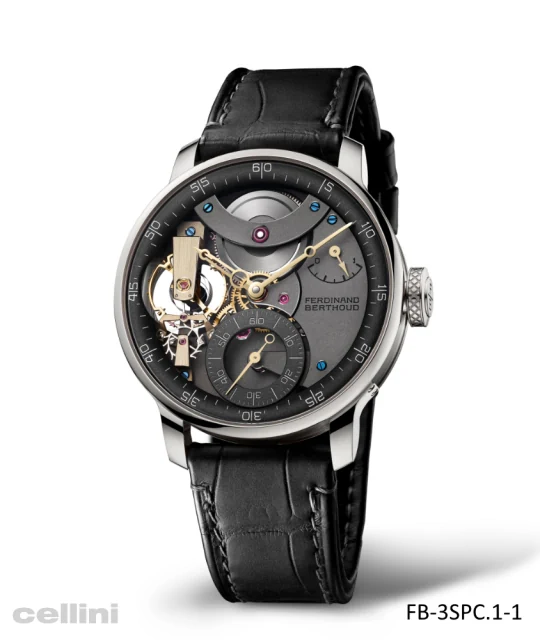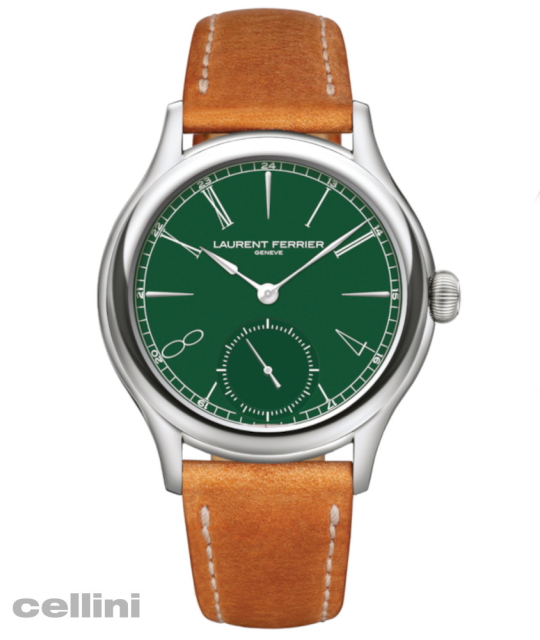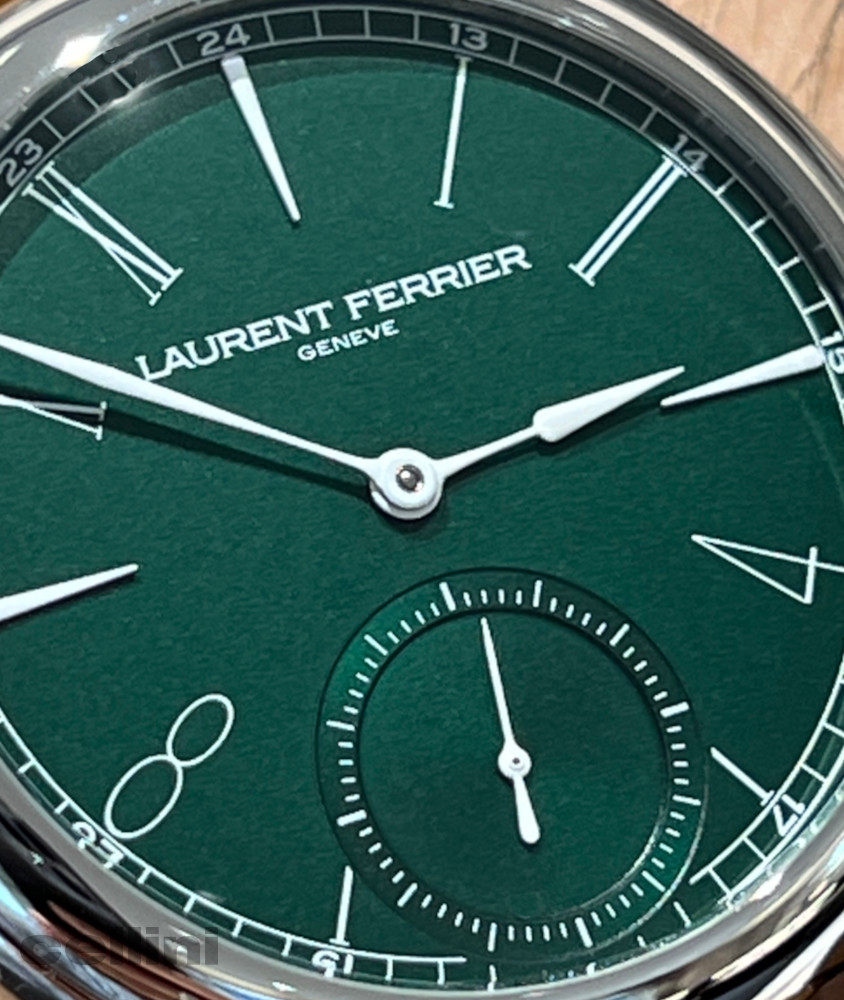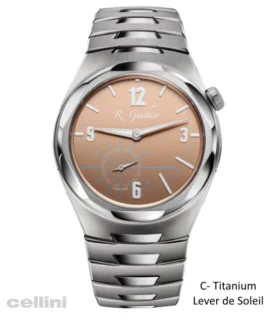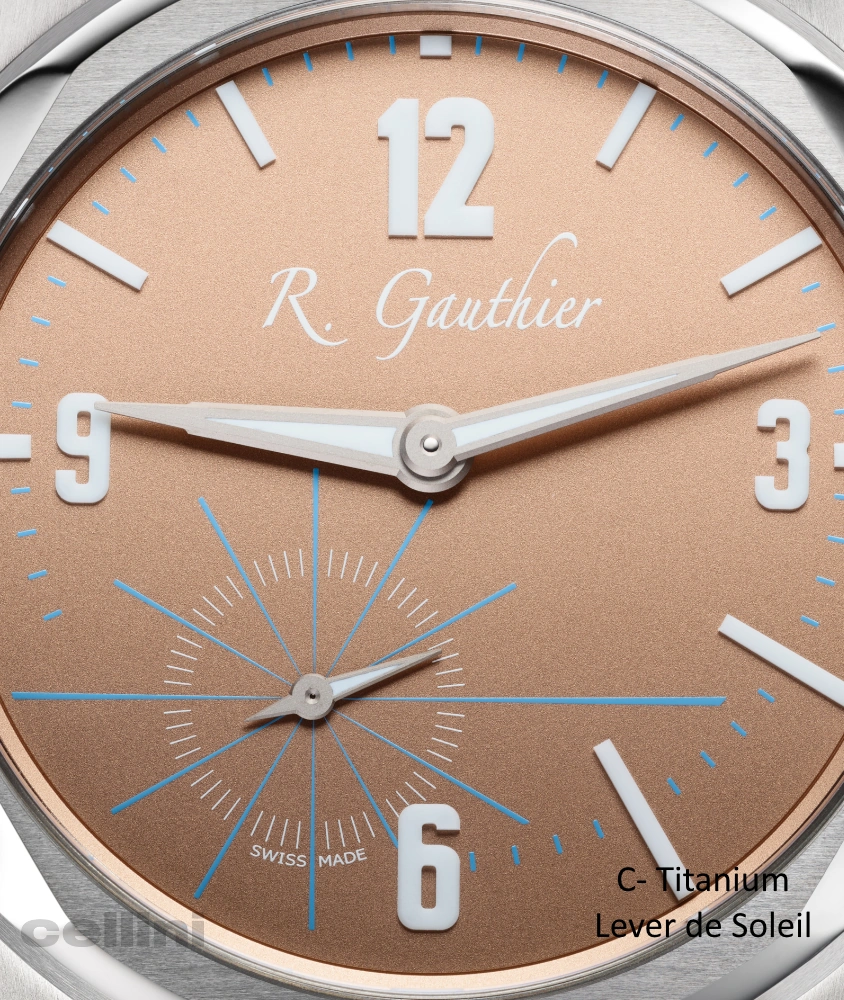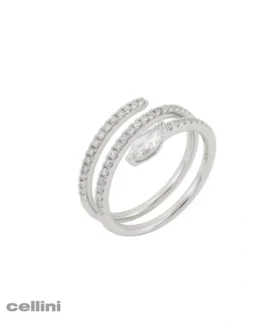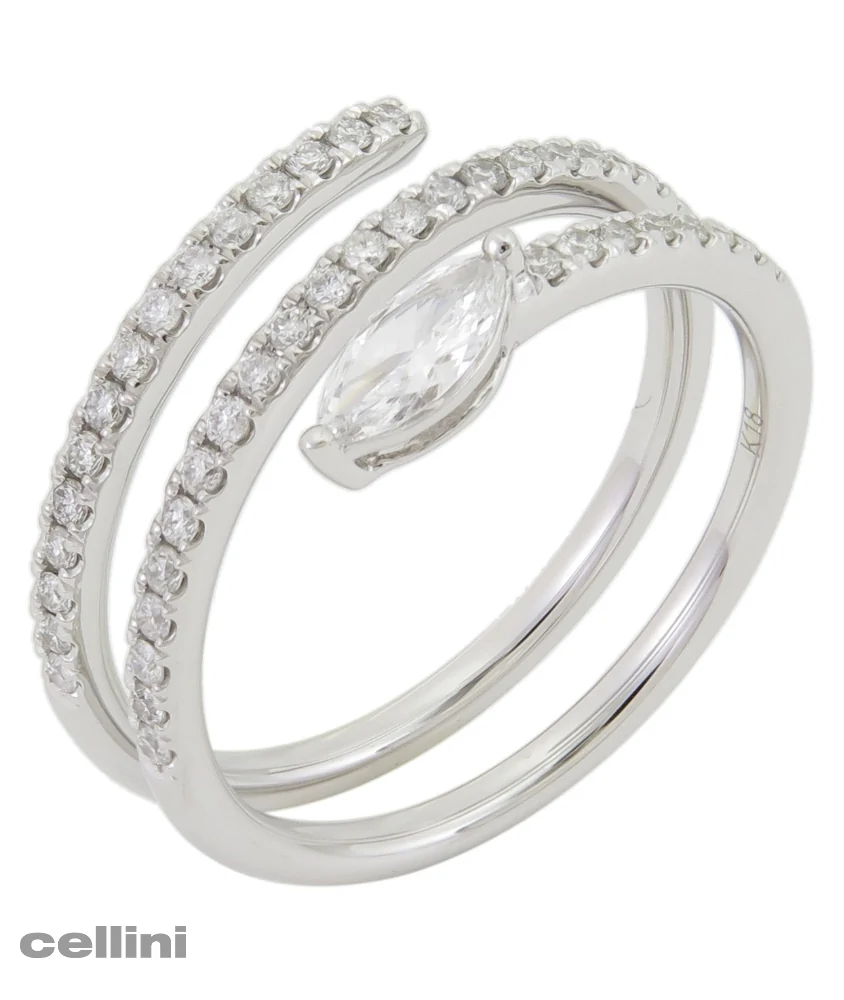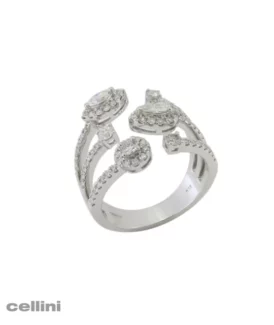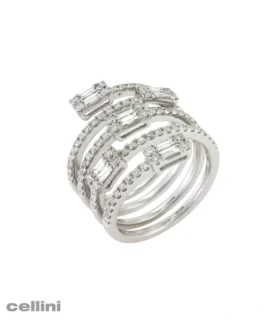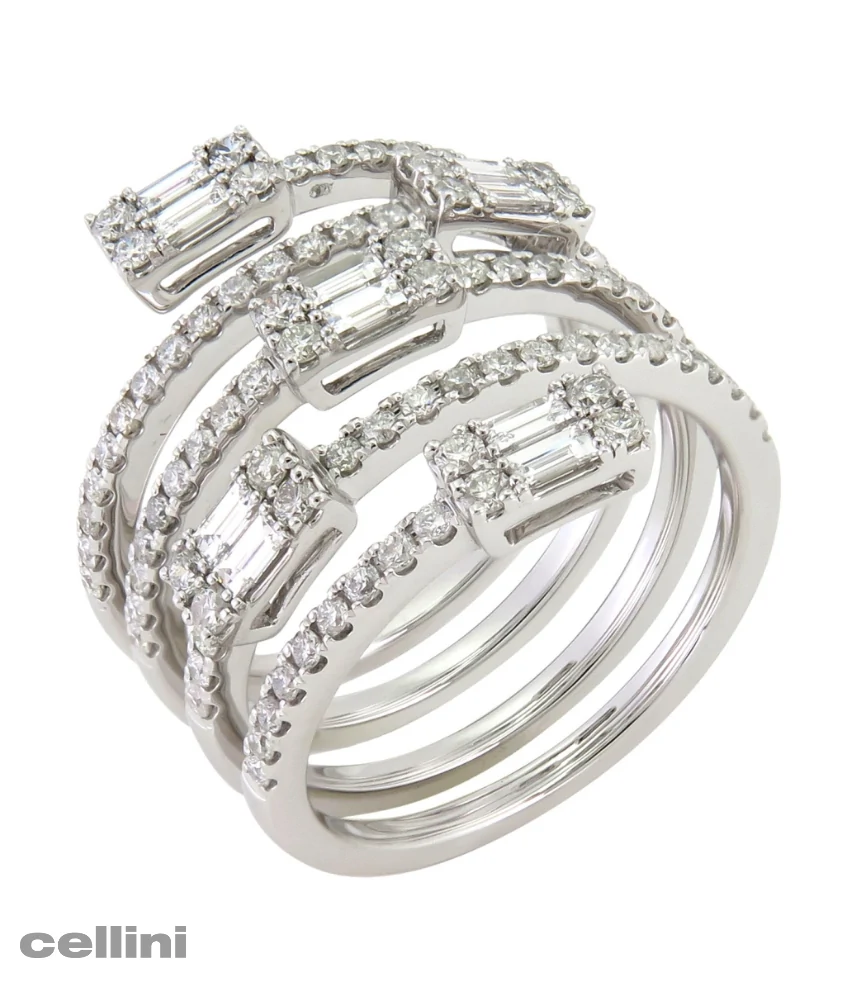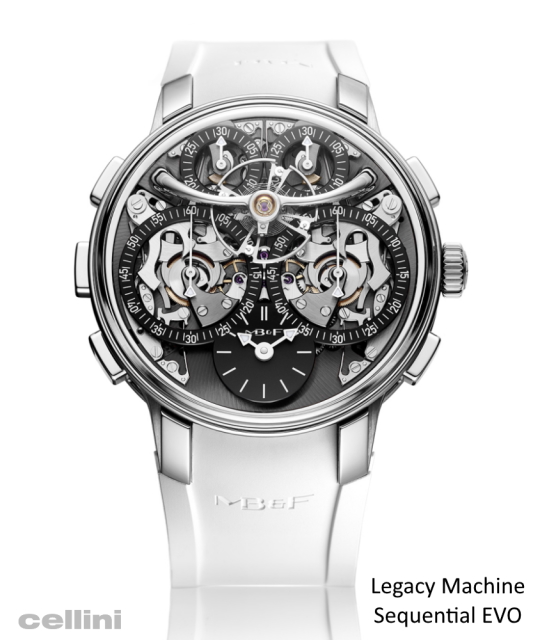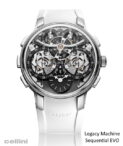Legacy Machine Sequential EVO
Reference# 09.ZT.BL- Details
- Description
- Case: zirconium
- Size: 44mm x height 18.2mm
- Movement: Fully integrated dual chronograph system developed for MB&F by Stephen McDonnell, featuring Twinverter switch allowing multiple timing modes. Manual winding with double mainspring.
- Function: Fully integrated dual chronograph system, featuring Twinverter switch allowing multiple timing modes.
- Power Reserve: approximately 72 hrs
- Water Resistance: 80 m
- Dial: coal black dial plate (black PVD)
- Caseback: sapphire crystal
- Strap/Bracelet: Integrated rubber strap with titanium folding buckle.
The quick facts
- LM Sequential EVO is MB&F’s 20th calibre in just 17 years – and its first-ever chronograph.
- Conceived with Stephen McDonnell, who previously reinvented for MB&F the perpetual calendar complication with the award-winning LM Perpetual.
- The LM Sequential EVO movement incorporates two column-wheel chronographs and a groundbreaking “Twinverter” binary switch, allowing multiple timing modes including split-second and lap timer modes – a combination never seen before in any chronograph.
- The EVO case in zirconium features 80 metres of water resistance, screw-down crown, integrated rubber strap and the ‘FlexRing’ damping system.
Beyond the chronograph
Maximilian Büsser never said that MB&F would never make a chronograph. What he did say is that MB&F would never make a chronograph like all the other chronographs out there. All good things come with time; better things come with more time, and after 17 years of creating horological art, MB&F brings us something better.
Introducing Legacy Machine Sequential EVO, featuring the debut appearance of MB&F’s 20th movement, in the first chronograph wristwatch of MB&F.
Conceived by one of the very earliest MB&F collaborators and Friends, Stephen McDonnell, LM Sequential EVO explodes the current limits of what we thought chronographs could do. Just like the 2015 Legacy Machine Perpetual, the last major Stephen McDonnell movement for MB&F, LM Sequential EVO involved a back-to-the-drawing-board approach towards our most basic assumptions on chronograph construction.
The dial plate of LM Sequential EVO, available in atomic orange or coal black, features two chronograph displays. One has its seconds display at 9 o’clock and minutes display at 11 o’clock. The other has its seconds display at 3 o’clock and minutes display at 1 o’clock. Each of these chronograph displays can be started, stopped, and reset completely independently of each other, using the start/stop and reset pushers on their respective sides of the case. These make up the four chronograph pushers you would usually associate with having two chronograph mechanisms in one watch.
However, there is a fifth pusher, located at the 9 o’clock position: the “Twinverter”. This pusher is the secret that elevates the functionality of the LM Sequential EVO beyond any existing chronograph wristwatch. It controls both chronograph systems, operating as a binary switch that inverts the current start/stop status of each chronograph. This means that if both chronograph displays happen to be stopped (at zero position or otherwise), pressing the Twinverter will cause both of them to start simultaneously. If they are both running, the Twinverter makes them stop. If one is running and the other is stopped, the Twinverter stops the one that is running and starts the one that is stopped.
Multiple timing modes
LM Sequential EVO can therefore be used just as you would any other chronograph, but thanks to its twin chronograph mechanisms, it can also perform the same functions as a split-seconds chronograph. In fact, thanks to the novel mechanical improvements to chronograph construction as conceived and implemented by Stephen McDonnell, it even outperforms conventional chronographs and split-seconds chronographs in terms of energy efficiency and precision.
But there’s much more: the switch function that comes with the Twinverter allows LM Sequential EVO to do things that no chronograph wristwatch, no matter how complicated, has been able to accomplish so far. Here are a few things that the LM Sequential EVO can do, that existing chronographs cannot:
- “Independent mode”: measure the duration of multiple events with separate starting points and end points, even when the events overlap in timing;
- “Simultaneous mode”: measure the individual durations of two events that start simultaneously, but have different end points;
- “Cumulative mode”: measure the individual cumulative durations of two discontinuous events;
- “Sequential mode (or lap mode)”: measure the individual sub-durations of a single continuous multi-phase event, with provision for sub-durations that last over a minute.
Simultaneous mode is used for example in a race involving two competitors, starting simultaneously. The Twinverter allows to start both chronographs at exactly the same time, but the different end points can be easily recorded by pressing each chronograph’s individual start/stop pusher. To note, the durations of the events can exceed 60 seconds, which is the limit for the vast majority of split-second chronographs on the market.
Cumulative mode occurs frequently in the work environment, where you might want to know how much time you spend on two separate projects as you switch between them throughout the day. By starting one chronograph when you begin working on one task, and then using the Twinverter when you shift focus to the second task (switching again when you go back to the first), you can easily track the amount of time you cumulatively spend on each task. Another example of this usage is the timing of a chess match.
Sequential mode (or lap mode) has its greatest relevance in competitive sports, where it can be used to measure individual lap times. Starting one chronograph at the beginning of an event and using the Twinverter upon the completion of a lap instantly launches the second chronograph in order to time the next lap, while the first chronograph is stopped, allowing ample time for the timing result to be noted down. The stopped chronograph can then be reset to zero, ready to be relaunched with the Twinverter for the following lap. Thanks to its minutes totalisers, LM Sequential EVO can be used effectively in sporting events with average lap times of over a minute (which includes the vast majority of lap-racing sports).
Independent mode can be used for instance in the preparation of a meal, where different things need to be cooked for different periods of time, at different points in time. You would operate the two chronograph mechanisms via their respective pushers — for instance, starting one when you put your pasta into boiling water and starting the other when the vegetables go in the oven. In fact, this application of LM Sequential EVO comes in handy in all areas of personal productivity. At the gym, for example, when trying to optimize your physical workout routine, one chronograph can be set to time your entire session whilst the second is used to record your time at each station, or the downtime in between.
Most other high-concept chronographs that are designed to increase the uses of the chronograph go about it by tailoring the mechanism towards highly specific, sports-oriented situations. In comparison, LM Sequential EVO operates in every aspect of daily life, in contexts familiar to all of us. Its zirconium case, 80 metres of water resistance and internal “FlexRing” damping system give unprecedented resilience to a movement this complex. All this makes the “EVO” collection a natural home for MB&F’s first chronograph, reinforcing the identity set in place when the first EVO – the LM Perpetual EVO – was established in 2020: “not a watch for sports, a watch for life”.
After all, despite its mechanical profundity, LM Sequential EVO is easy to use, and more importantly, it is actually useful. You might even wonder why no one has done it before. When you think about it, it seems so intuitive; as straightforward as 1-2-3. One watch, with two chronograph mechanisms, that can be used in multiple ways.



